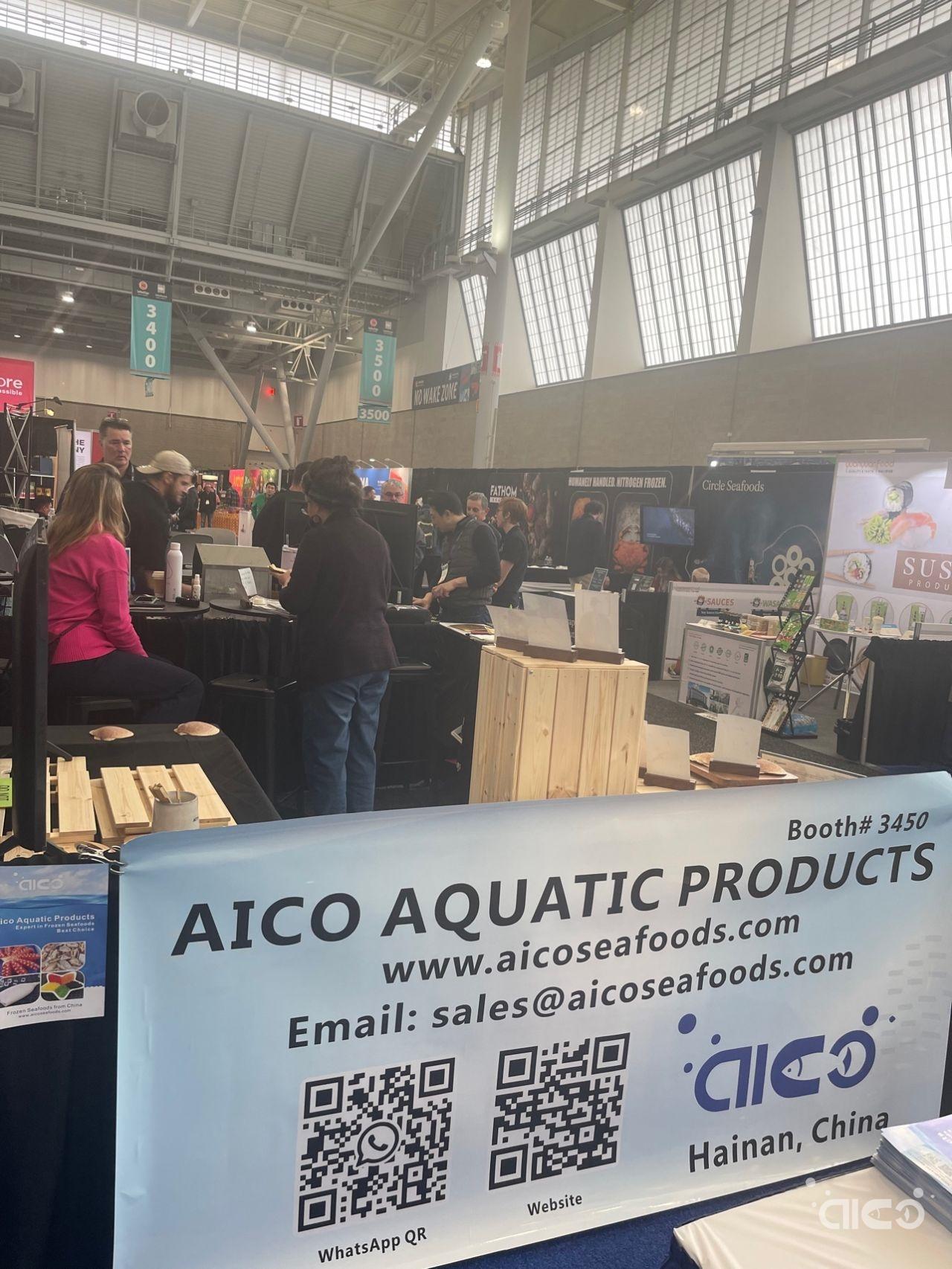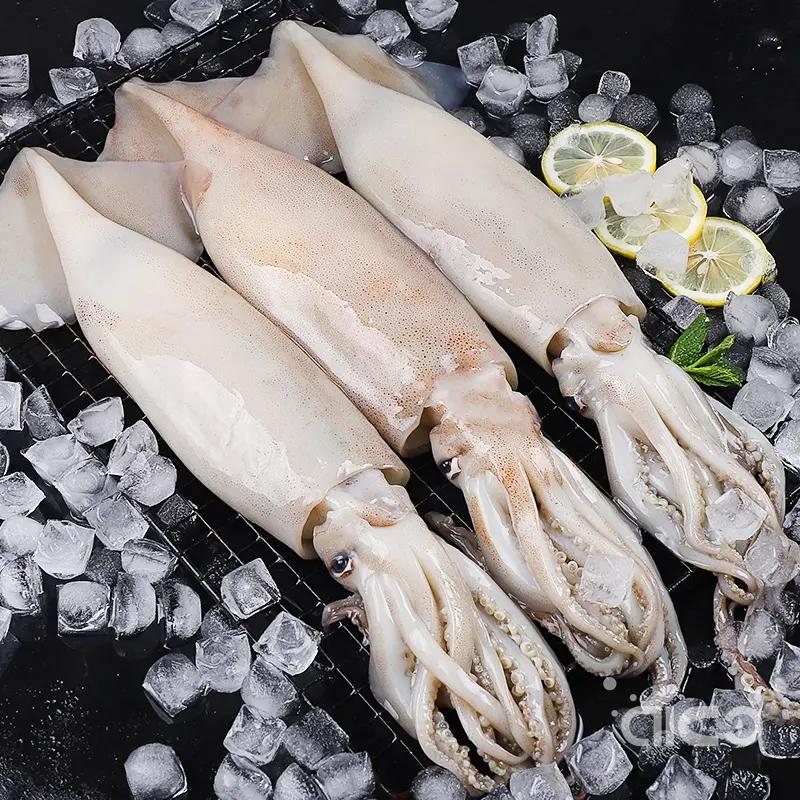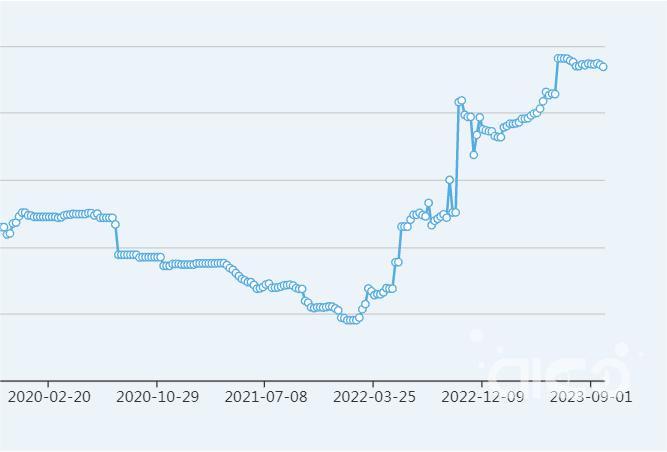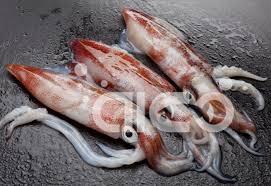Seafood Expo North American opens, What are the market trends in 2024?
The 42nd Fish Expo North America (SENA) was held at the Boston Convention and Exhibition Center in Boston, U.S.A. from March 10-12. This year's exhibitors came from 49 countries around the globe, numbering 1,210, a 6% increase over last year, with an increase in the number of exhibitors from China, Ecuador, Japan, Norway and the U.S.
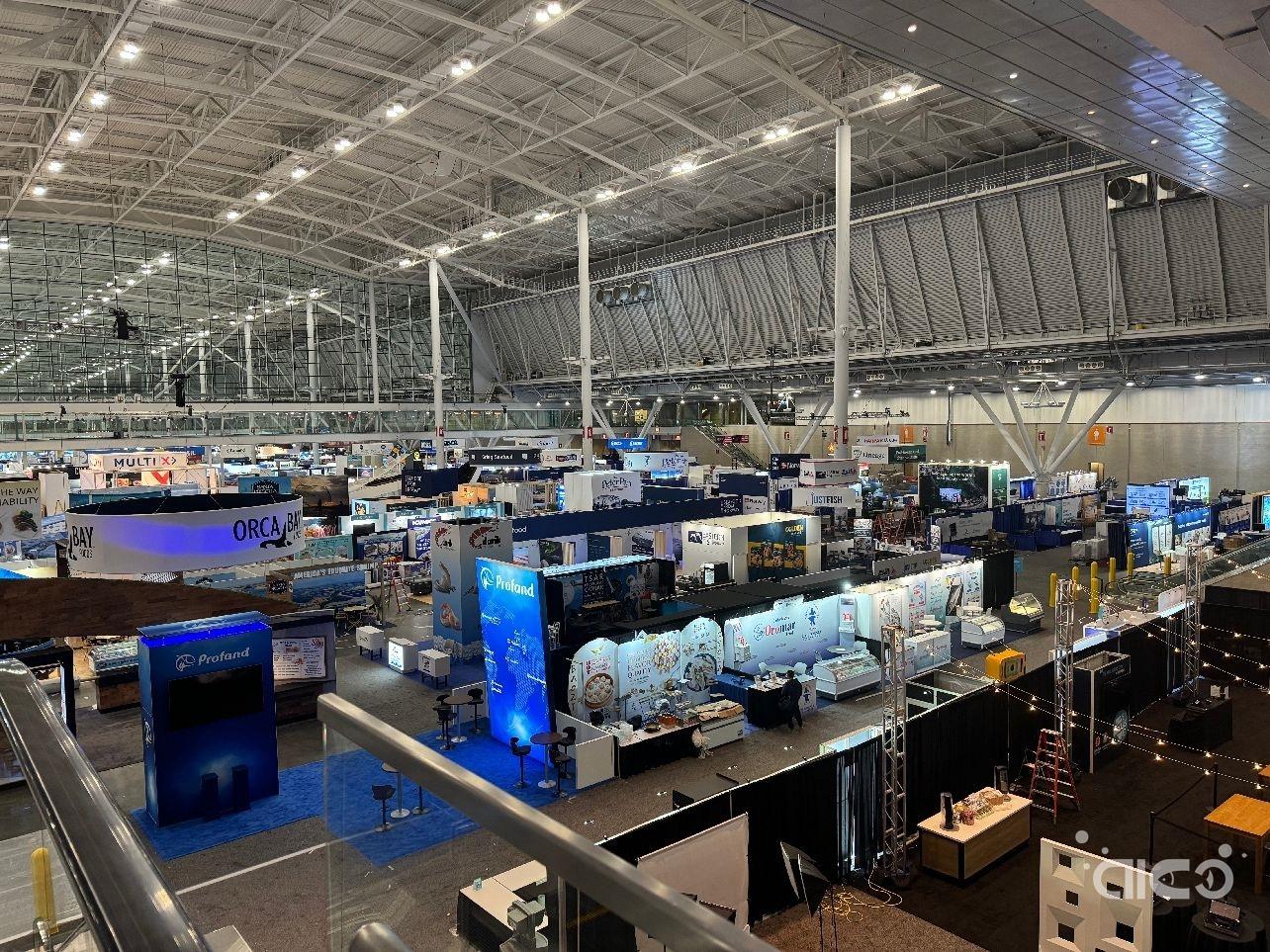
According to the UCN team's on-site report, there were many new changes in the North American market this year, and the interaction between the international market and Chinese companies has increased, as follows:
1. Supply and sales of U.S. whitefish were robust, with demand from China rising sharply
U.S. suppliers of Alaska pollock and Pacific cod will increase exports of headless and gutted (H&G) raw fish this year, as demand from Chinese processors has increased significantly.
On December 22, 2023, the U.S. expanded the ban on Russian seafood imports to include all seafood that uses Russian ingredients and is processed in third-party countries. A U.S. industry source told UCN: "With this trend, Chinese processors are trying to maintain their export business by no longer purchasing Russian cod, but instead sourcing Alaskan raw materials for processing and then returning secondary frozen fillets and blocks of frozen product to the U.S."
"Because of strong Chinese demand, our plant has been producing Pacific cod H&G again for nearly a decade. current prices for small 2-3kg land-frozen Pacific cod are in the range of $3,500-3,600/t (CNF China), and ship-frozen prices are in the range of $4,000/t."
Prices for pollock feedstock have not yet been finalized because of capacity and cold storage capacity constraints. US Bering Sea and Aleutian Islands H&G pollock production was 3,232 tons as of March 2, up 12% year-on-year.
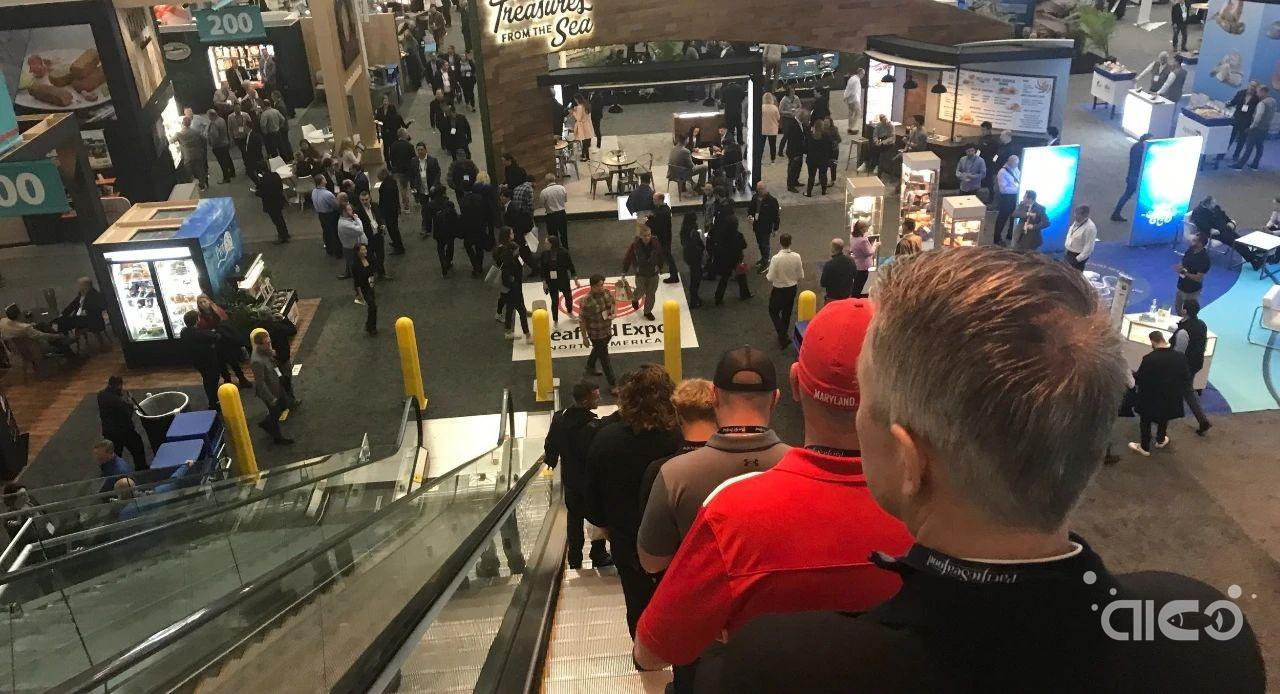
2. Regal Springs increases investment in tilapia capacity
In 2023, a severe outbreak of streptococcal disease at the Honduran farm site of well-known tilapia producer Regal Springs led to a significant drop in tilapia production capacity and exports. This year the company plans to make another investment in tilapia capacity to restore Latin American production.
Regal Springs is the world's largest tilapia producer, and its parent company, Golden Springs Group, is owned by Swiss tycoon Peter Zuellig. Vernon Bradley, the company's marketing director, told UCN that this year the company plans to reinvest, much of which will go toward building tilapia hatcheries and upgrading farming technology, but did not disclose specific investment figures.
"Obviously, it's no industry secret that we have a problem with high mortality rates in Honduran farming, but we're not going to give up on that. The same is true for Colombia and other regions. We want to make sure that we don't have these disease problems in the future, like strep throat in 2023."
"We are fortunate to have a strong owner. We're going to be putting in a new tilapia hatchery in Honduras and making technical improvements on our farms in Mexico." Bradley said.
Tilapia exports from Honduras and Mexico slumped last year because of disease problems, and Colombian chilled tilapia gained market share in the United States.
Bradley said the company's Indonesian aquaculture business is performing well, with filleting capacity near an all-time high, and its main U.S. customer is supermarket chain giant Costco.
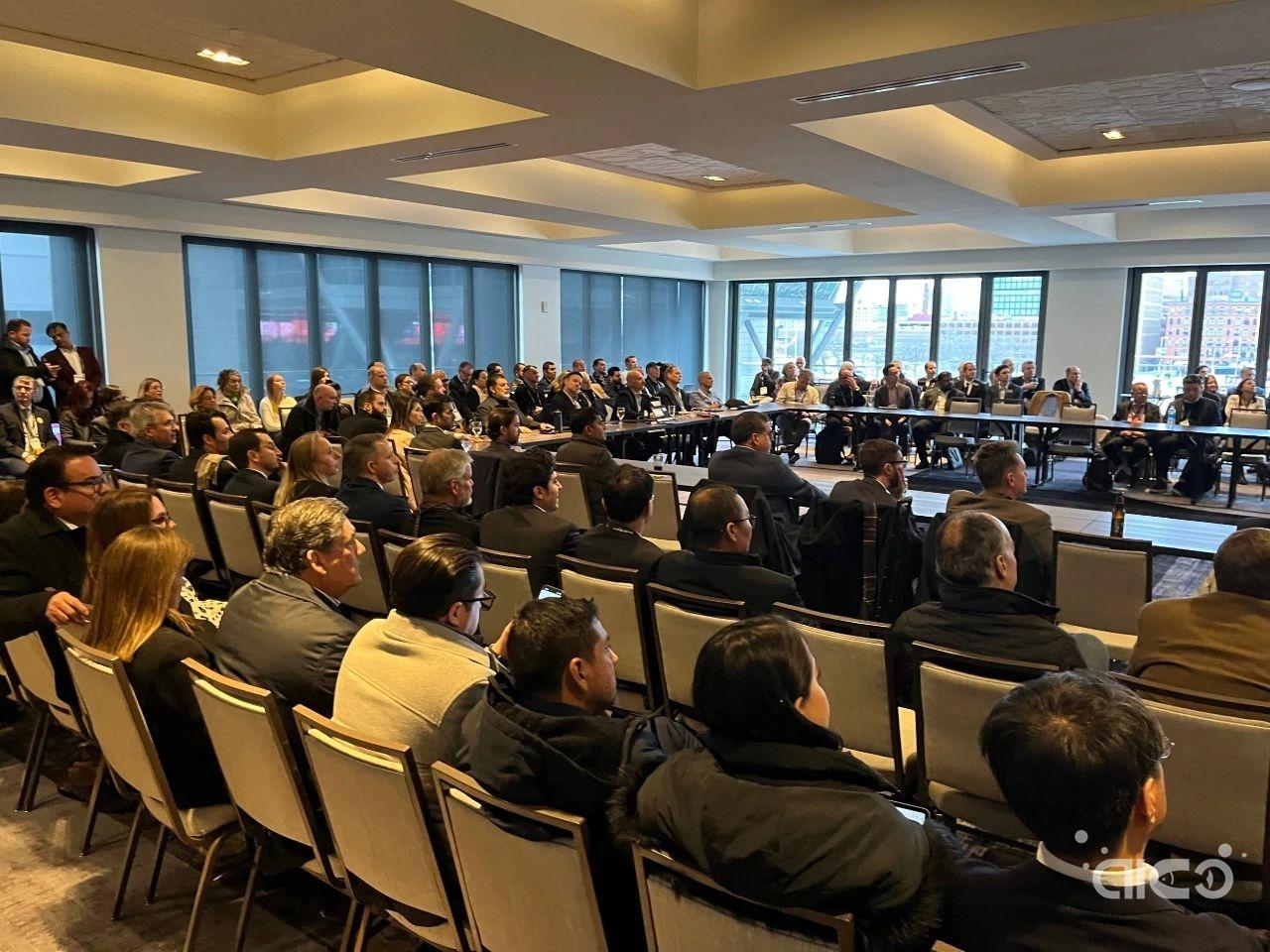
3. Japanese Exporters Have High Hopes for the U.S. Market
Because of the Fukushima nuclear wastewater discharge incident, China banned all import trade of Japanese seafood from August last year, and the trade volume was zeroed out in the last few months. As a result, the United States surpassed China as Japan's second largest seafood export market.
According to the Japan External Trade Organization (JETRO), the number of Japanese restaurants in the U.S. increased from 14,129 in 2010 to 26,040 in 2023, an increase of 180%, and it is expected that U.S. customers' demand for Japanese seafood will increase further, with the main consumption of Japanese food located in east and west coastal cities.
This year's show has attracted 19 Japanese exhibitors. JETRO will hold a Japanese seafood promotion event on the show floor, inviting renowned chef Toru Oga to conduct a cooking demonstration of yellowtail, snapper, scallops and other products.
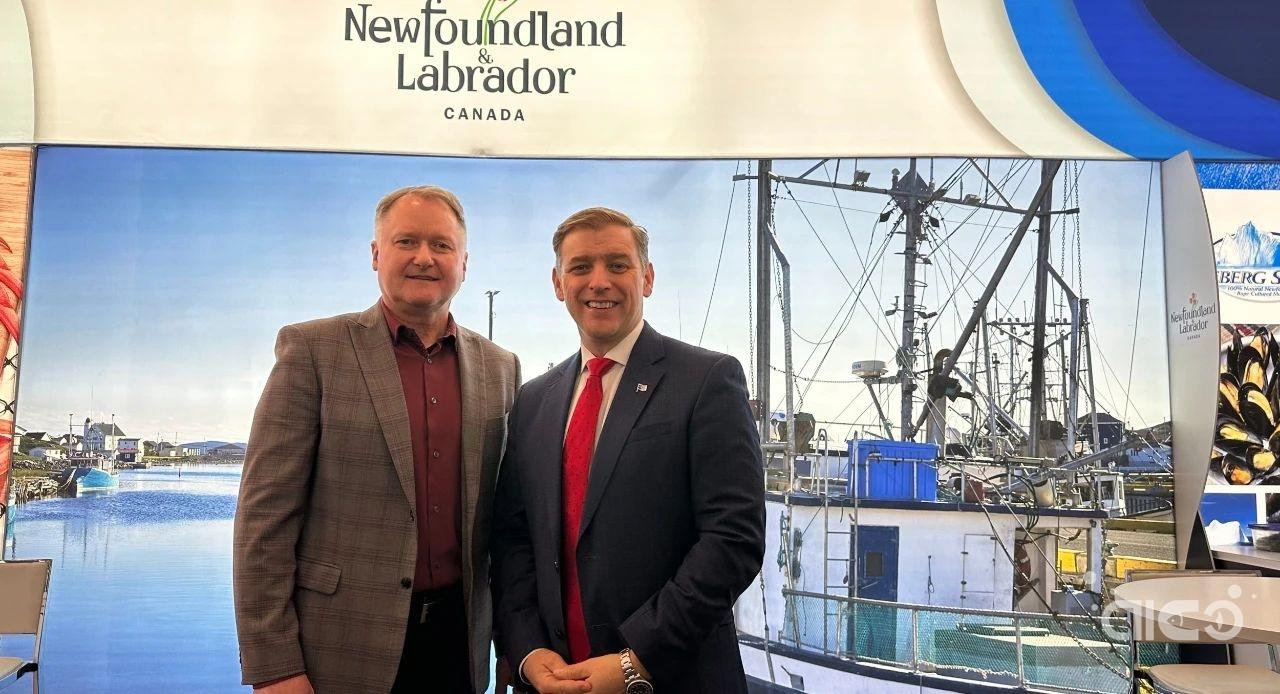
4. Peruvian Companies Take Over Salmon Processing Business, Forming Competition with Chinese Companies
In order to open up new markets, two Peruvian companies, Seafrost and Altamar, started purchasing H&G wild salmon last year for reprocessing and selling to the United States. Although the Peruvian companies are currently supplying very limited quantities, they are still actively looking for U.S. buyers and expanding their influence.
Recent changes in the dynamics of the U.S. market, where some importers are looking for alternatives to Chinese reprocessing, have provided Peruvian companies with a new opportunity, the source said. The challenge, however, is that Chinese processors have established supply networks and economies of scale, and offer competitive prices.
For Peruvian processors, the catch of Peruvian squid and other seafood products will be significantly reduced this year, and there is a need for local processors to transform and diversify their business.

5. Negotiations on the price of Canadian snow crab have not yet been reached
The Newfoundland and Labrador (NL) snow crab season will start in April, however, the Association of Seafood Producers (ASP), which represents fishermen's groups, and the Fish Food and Allied Workers Association (FFAW), which represents processors, have not yet reached an agreement. Both sides will not make any public statements during the negotiations.
On the Boston show floor, UCN spoke with Newfoundland Premier Andrew Furey and Fisheries Minister Elvis Loveless.Loveless said, "We met with FFAW and ASP representatives last week, and we'll be hearing about an agreement soon. While we don't have a deadline, we still hope the sooner the better. I'm not going to make any assumptions right now, what happened last year is not something we want to repeat."
If the two sides are unable to reach an agreement, snow crab offers will return to an alternative process where the province's Fish Price Setting Panel (FPSP) will give recommended prices based on prices closer to current market prices. Last year, Canadian fishermen protested for 39 days after failing to reach a consensus on prices with processors.
The fact that the two sides are still negotiating is a good sign," Furey said. We have always believed that the best solution is a negotiated solution that benefits both sides. The provincial government has done its part by setting up a task force to make recommendations on how to rationalize the pricing process."
6 Global Shrimp Council announces board of directors
At the Boston show, the Global Shrimp Council, the unit responsible for directing the marketing of shrimp products in the U.S., announced its board of directors, comprised of the industry's best and brightest from a variety of countries.
The list includes Jose Antonio Lince of Almar, Ecuador; Sandro Coglitore of Omarsa, Ecuador; Diego Puente of Santa Priscila, Ecuador; Jose Rincon of Grupo Lamar, Venezuela; Jessica Rincon of Mer Jessica Rodriguez of Seafood; Indra Kumar Alluri of Avanti Feeds, India; Choudary Karuturi of Apex, India; Mahendra Yarlagadda of Devi, India; Diego of NAQUA, Saudi Arabia Illingworth; Aris Utama of Bumi Menara Internusa, Indonesia; Kristin Veriga of eFishery, Indonesia; and co-chairs and founders Gabriel Luna and David Castro.
The Council said the formation of the Board of Directors represents an important step forward for the unit in educating consumers on the nutritional value of shrimp consumption.
The National Fisheries Institute (NFI) will serve as the Council's partner and will be responsible for organizing several high-impact marketing campaigns to promote this healthy source of protein and promote the growth of per capita consumption of shrimp products in the U.S. market. Within the next two weeks, the Council will elect two additional members to represent U.S. and EU importers.
